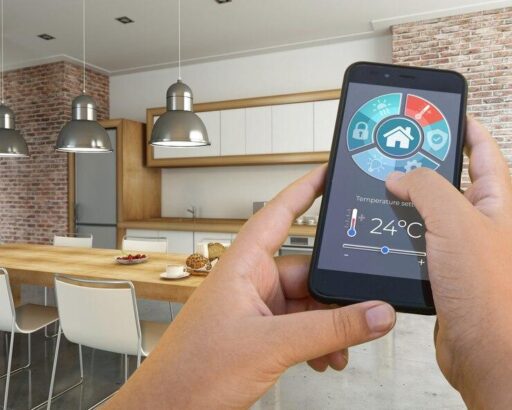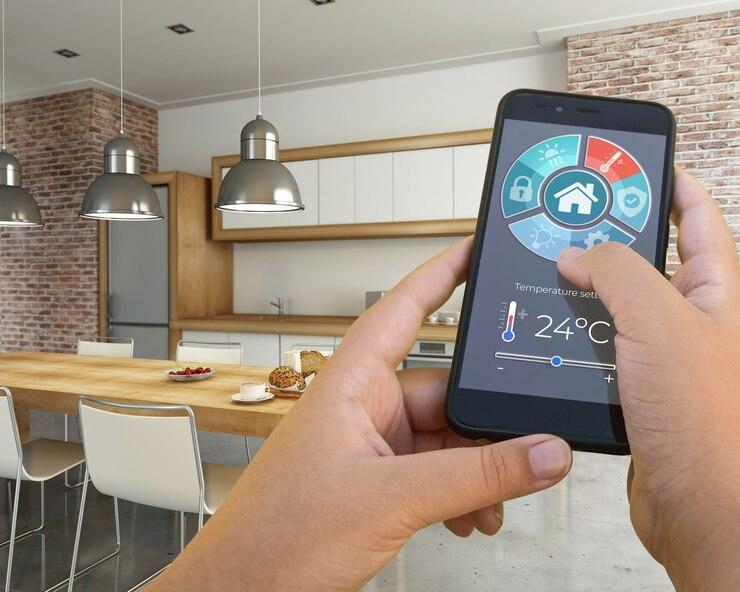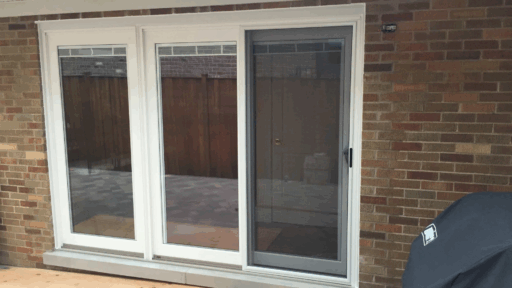You walk through the door. The lights turn on. The thermostat knows you’re cold. Your speaker greets you with the weather and a to-do list. Everything feels under control, smooth, modern. But is it safe? That feeling of security—false. Behind the convenience curtain, most smart homes harbor hidden security risks that users barely consider.
A 2023 study by Statista revealed that 65%of households using smart home devices had never updated their firmware. Not even once. Think about that.
Let’s walk through the most common vulnerabilities you might be ignoring. If you’re already nodding, maybe it’s time to double-check what’s really happening behind your connected walls.
1. Default Passwords That Stay Forever
This is the classic one. Your new security camera comes with a default password like “admin123”—you set it up in a rush, and maybe you even think, “I’ll change it later.” Months pass. Later never comes.
Cybercriminals love that. Why? Because default passwords are the low-hanging fruit in smart home security.
Fix: Change every device password. Yes, every. Use a password manager if you must, but don’t leave that digital door unlocked.
2. No VPN on Your Network
Think of a VPN like a privacy tunnel for your data. When you use smart home devices, they’re constantly transmitting data. Without encryption, that information can be intercepted. Easily. Especially if your router is old or misconfigured.
Fix: Install a VPN directly on your router if possible. If you have a reliable VPN like VeePN, you can hide your online activities and protect your data. With VeePN, you’ll have access to 2,500+ VPN servers to confuse anyone trying to track your online movements. That way, every device connected through your network gets protected—automatically.
3. Ignoring Firmware Updates
Updates aren’t just about adding shiny new features. They patch vulnerabilities. Without those updates, your devices are like soldiers with no armor.
Fix: Set up automatic updates if possible. Otherwise, check manually every month. Put it in your calendar if you have to.
4. Using Devices with Known Flaws
Not all smart devices are created equal. Some are budget-friendly because they cut corners. Maybe they skip encryption. Maybe they store data in plain text. You wouldn’t drink water from a dirty bottle, so why trust data to an unverified gadget?
Fix: Research before you buy. Stick with brands that have a history of taking security seriously—even if they cost more.
5. No Network Segmentation
All your devices are probably on the same network. That means if one gets compromised, the rest are now vulnerable. Like dominos.
Fix: Create a separate guest network specifically for your smart devices. Keep your primary devices—phones, computers—on a different network entirely. This limits cross-device contamination.
6. Voice Assistant Overreach
“Hey Google, unlock the front door.”
Think about that for a second. What if a stranger yells that command through your open window? Sounds absurd—until it actually happens.
Fix: Limit what your voice assistant can control. Review its settings. Turn off features you don’t need. Don’t let it run your life—or your locks.
7. Data Collection You Didn’t Approve
Smart TVs listening even when turned off? Baby monitors streaming to unknown servers? It’s not paranoia—it’s reality.
Fix: Read the privacy policies (or skim strategically). Go into the device settings and disable data collection where possible. Not every gadget needs to send your info to the cloud.

8. Unsecured Wi-Fi Network
Your smart devices run on your Wi-Fi. So does your laptop, your phone, your bank apps. If your router password is “mypassword” or the Wi-Fi name is your last name, you’re basically handing hackers your front door key.
Fix: Use WPA3 encryption if your router supports it. Rename your network to something unidentifiable—nothing linking it to your family or address.
9. App Permissions That Are Too Generous
The app for your light bulb wants access to your location. Your thermostat wants your contacts. Why? Probably not for any good reason.
Fix: Audit app permissions regularly. On both Android and iOS, you can go into settings and deny access to functions apps shouldn’t need. Don’t let apps do more than they’re supposed to.
10. Forgetting to Log Out or Revoke Access
Ever sold or gave away a device without removing your account? Or maybe you logged in from a friend’s house and forgot to log out. That old login becomes a backdoor.
Fix: Do a quarterly device audit. Remove any unknown or unused devices. Change passwords for good measure.
Final Thoughts
Smart homes aren’t going away. In fact, they’re multiplying. According to Statista, the number of smart homes worldwide is expected to hit over 670 million by 2028. That’s a lot of connected light bulbs—and a whole galaxy of hidden security risks in smart homes.
But here’s the thing: security isn’t just for experts. It’s for you.
You don’t need to know how to code, hack, or encrypt. You just need to care enough to change a few settings, update a few passwords, install a VPN, and think twice before connecting everything to the internet.
Because convenience isn’t worth compromising your home.
Not even if the lights turn on by themselves.








